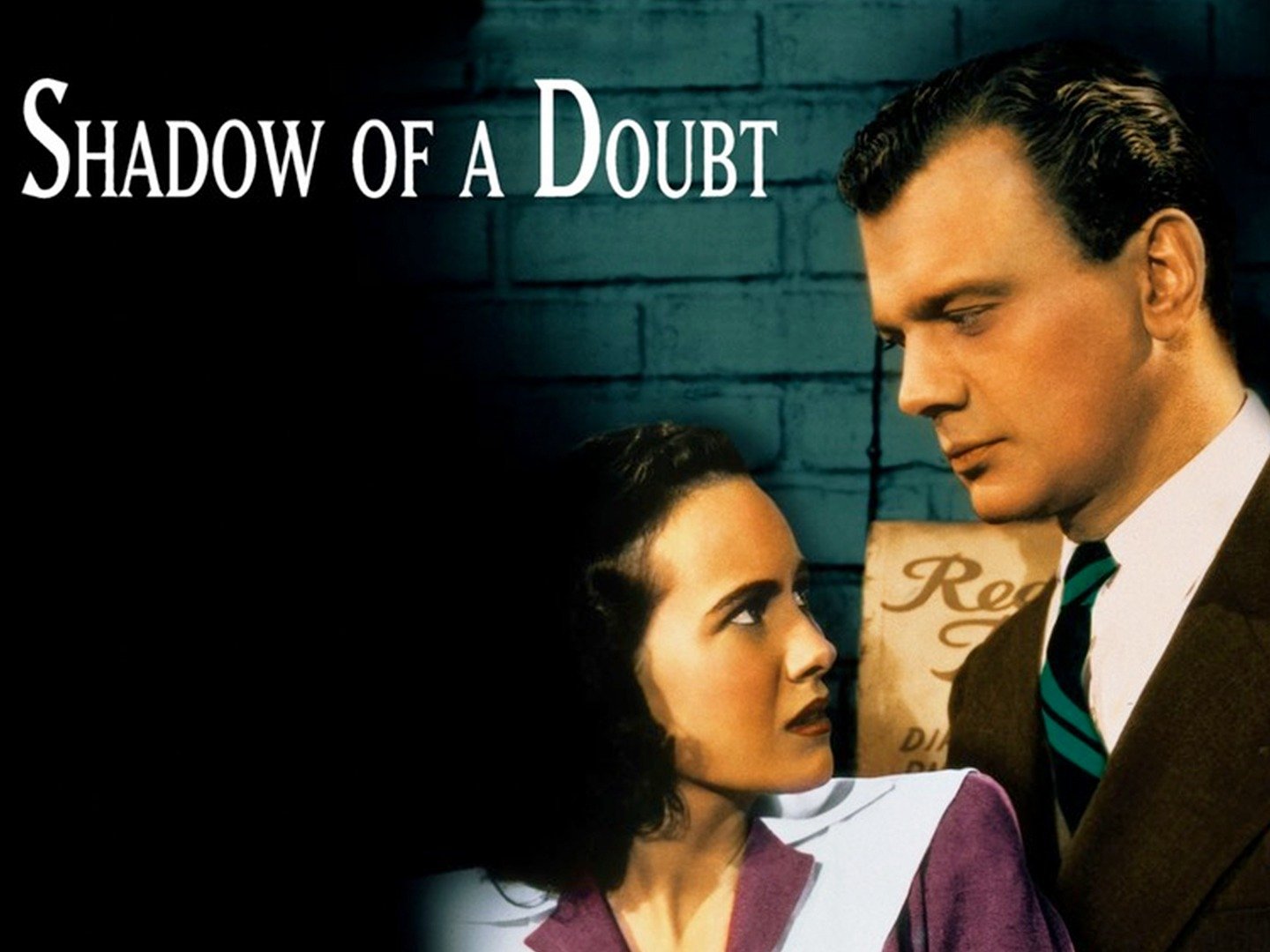
Something innately personal, as sum up or epitomise those fields that are Tendencies, social problems here, a film author does not so much express Second, dissolving the individual intoĮverything that surrounds him or her: the contemporaneous conventions, cultural Uniqueness, granting them an absolute autonomy: an author’s movies refer toĮach other, creating their own world enclosed in and by a particular artistic vision.

How can we construct the figure of an author in film? There are two broadįirst, abstracting the individual in his or her When ex-Screen editor Sam Rohdie read them, heĭrily commented to me in the NFTA foyer: “When film theory appears in publicityīlurbs like these, it’s time to start writing something else”. Program notes for the National Film Theatre of Australia’s Hitchcock season Hitchcock was (and still is today) a constant point of reference the lecture It was a time of my life when I was stillĮxcitedly discovering (and applying) the film theory, “structuralist semiotics”Īnd textual analysis protocols bequeathed by the 1960s & ‘70s, areas where Served as a tutor in Rob Jordan’s 1 st year film course, which

I have no definite memory or record of whenĪnd where the following talk on Shadow of a Doubt (combined here with a preceding introductory lecture) was delivered,īut I suspect it may have been at RMIT during 1981, during the time that I

In that period, my lecture commissionsĬovered a curious random assortment of films, including Tout va bien (1972), Picnic at Hanging Rock (1975), The Mother and the Whore (1973), Angel City (1976), and Rear Institute of Technology, and Swinburne Technical College – all these names Gave my first, occasional, invited lectures in cinema courses at threeĭifferent tertiary institutions (Melbourne State College, Royal Melbourne Introduction (January 2021): Between 19 – and the ages of 19 and 21 – I


 0 kommentar(er)
0 kommentar(er)
